Hot Products
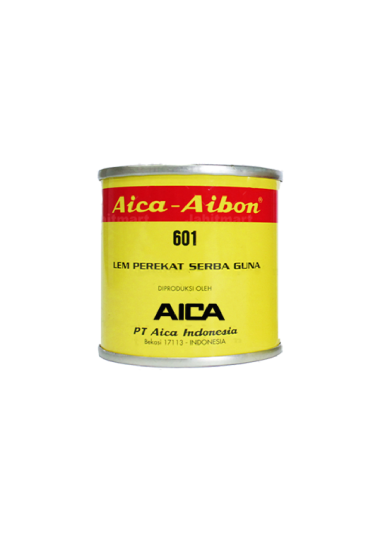
Aibon 601 (70 gr)
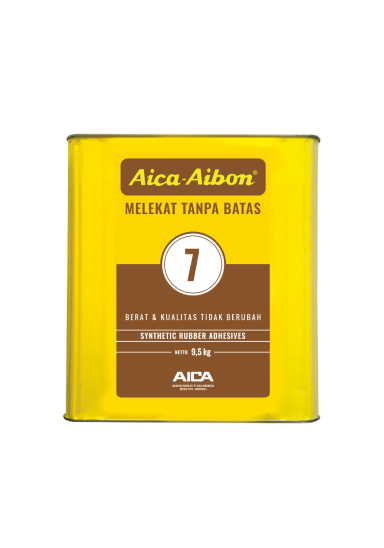
Aibon 7 (9.5 kg)
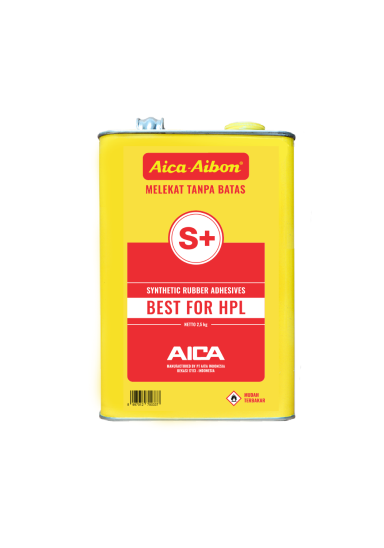
Aibon S+ (2.5 kg)

Aibon S+ (9 kg)

HAK-14038-ZM83
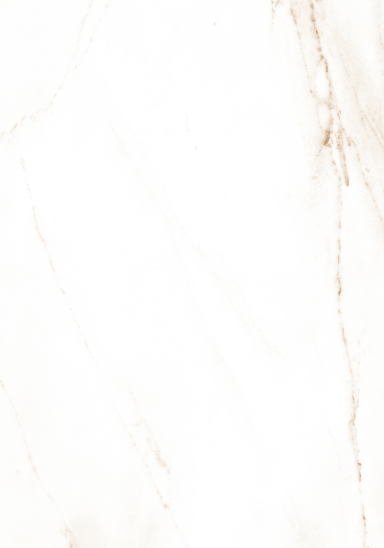
XKAF-14198-ZMN
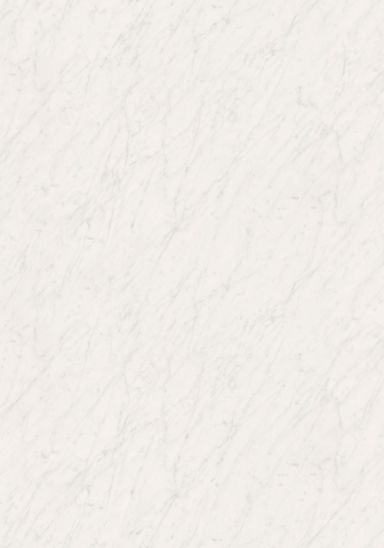
XKAF-14038-ZMN
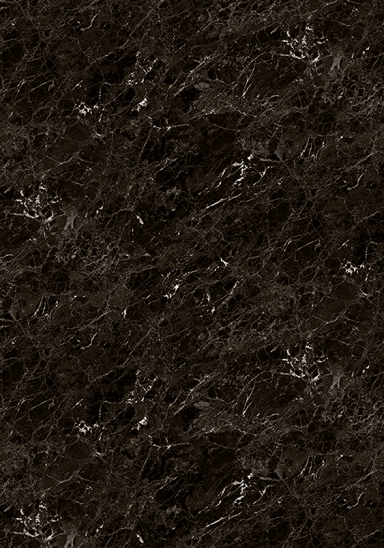
XKAF-14040-ZMN
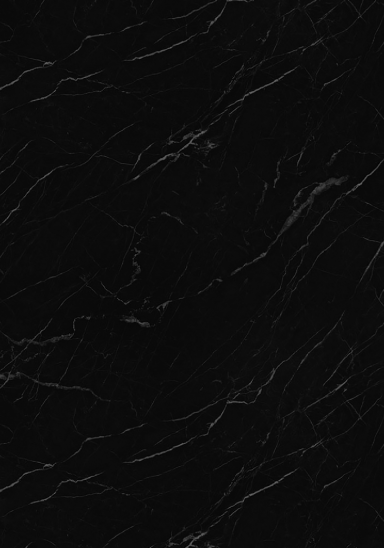
XKAF-14146-ZMN
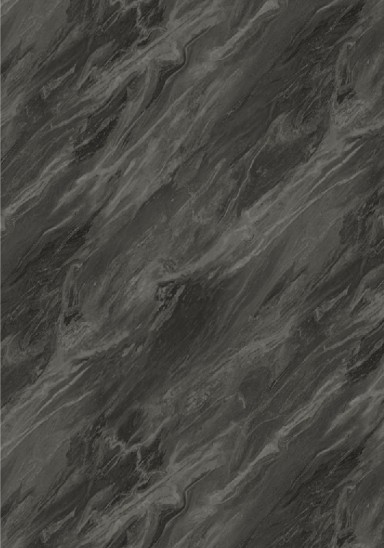










Hello Aica friends, welcome to this POV (Point of View) article, which will discuss the impressions and perspectives of fellow interior design and architecture professionals regarding AICA products. In this first edition, AICA conducted an interview with HaloNuma, an interior design team based in Jakarta.
HaloNuma itself is an interior design firm founded by Fadhil and Rini, both of whom have backgrounds in architecture and interior design. With an initial passion to apply the knowledge they gained during their education to national development, and driven by the requests and support of those closest to them, HaloNuma has grown rapidly and now boasts its own distinctive design signature.
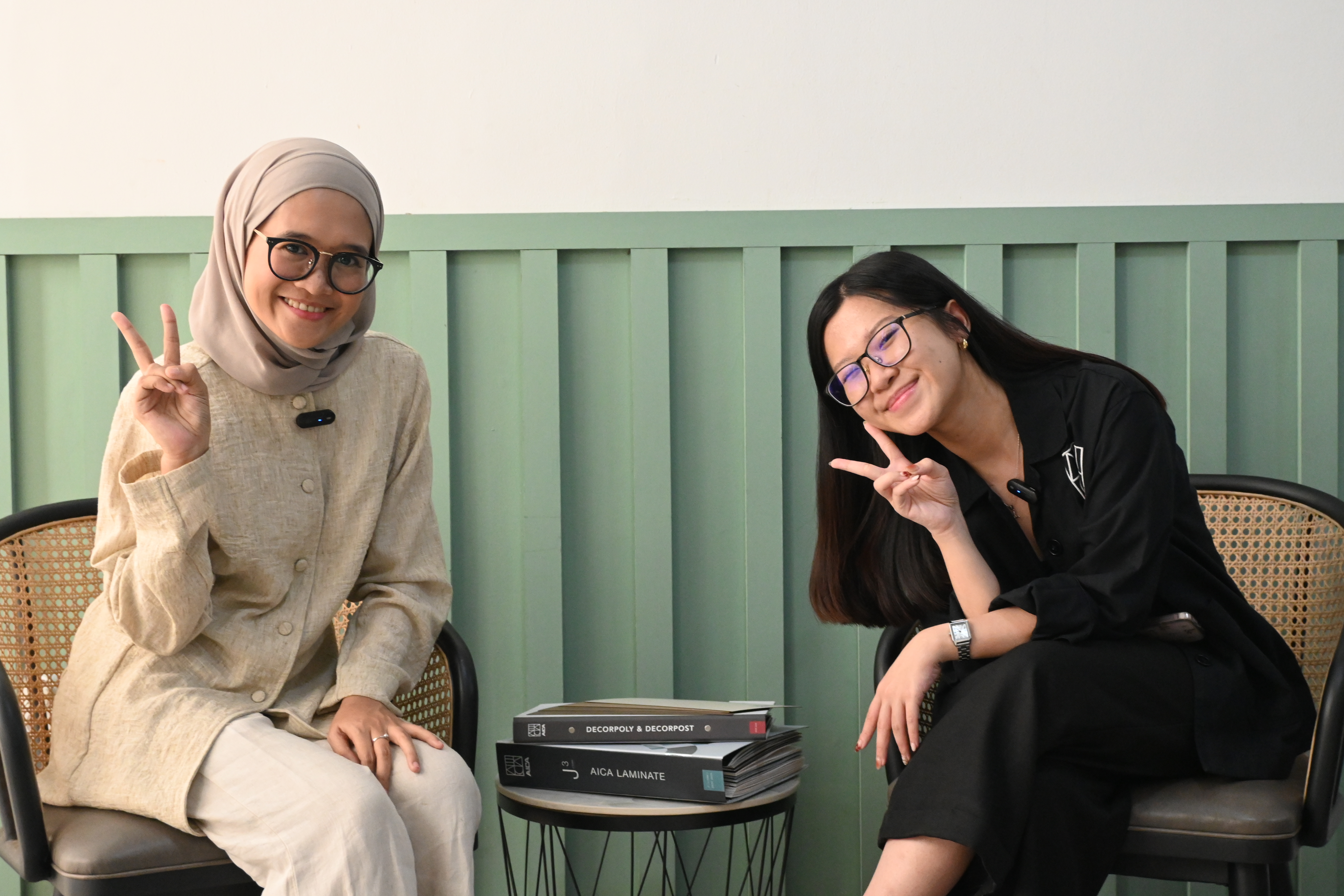
"Numa means beautiful. So, our hope with this name is that we can fulfill all our clients' needs beautifully and beautifully," said Rini, representing the interview team in this first POV edition. She added that Numa comes from Arabic, and the word "Halo" was added to make it catchier and easier to remember.
HaloNuma is known for its distinctive Scandinavian and Nordic design, enhanced by "curved" accents so ingrained that they've even been called Numa's signature.
"However, we adapt our application to client requests. We don't necessarily force our own unique style into the design; discussion and communication remain paramount," Rini explained when asked about Numa's signature design.
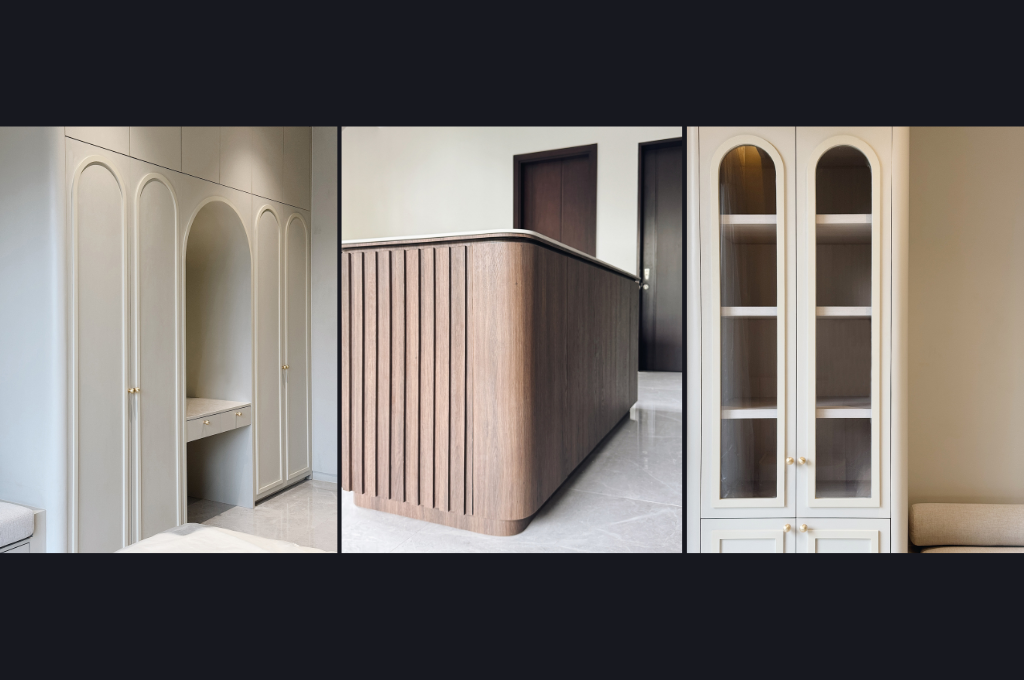
The curved accents were actually created accidentally, but they've become a strong point in many of HaloNuma's clients, and have become a strong point in their designs. These accents are commonly found in mirrors, wall panels, furniture corners, and wall panels, providing a dynamic and flexible feel to a room's design.
Rini explained that when determining the design of a project, her team always prioritizes the client's needs. Therefore, the brainstorming process is key to aligning the client's desires with the functional and aesthetic ideas proposed by the HaloNuma team.
"The most challenging part is when a client's wishes are slightly hindered by existing civil structures, such as doors, windows, or pillars. As designers, we have to think about how to realize these wishes without altering the civil structures too much," said Rini.
This is common because the civil structures usually predate the interior work, and many buildings don't have interior planning done at the outset of the project, requiring the expertise of an interior designer to adapt to these circumstances.
Rini and HaloNuma have a way to overcome this situation. Watch the full video on the Aica Indonesia Official YouTube channel:
https://youtu.be/L9-5RhhIy_U?si=0Oqv1kfY0OChY29p
That concludes the first installment of Aica's POV articles. Don't forget to subscribe to the Aica Indonesia Official YouTube channel for updates and inspiration on the latest projects from Aica Indonesia. See you in the next article!
SHARE